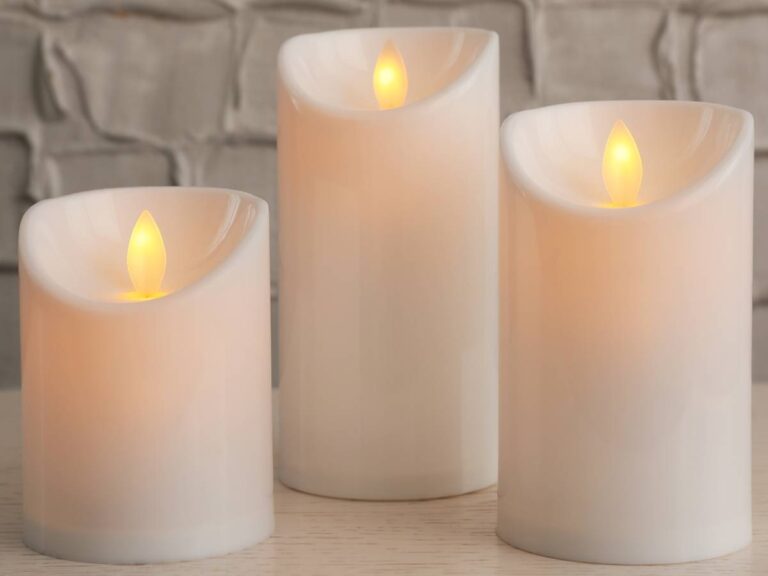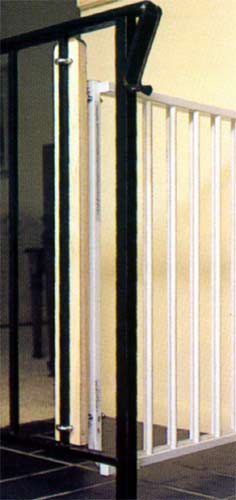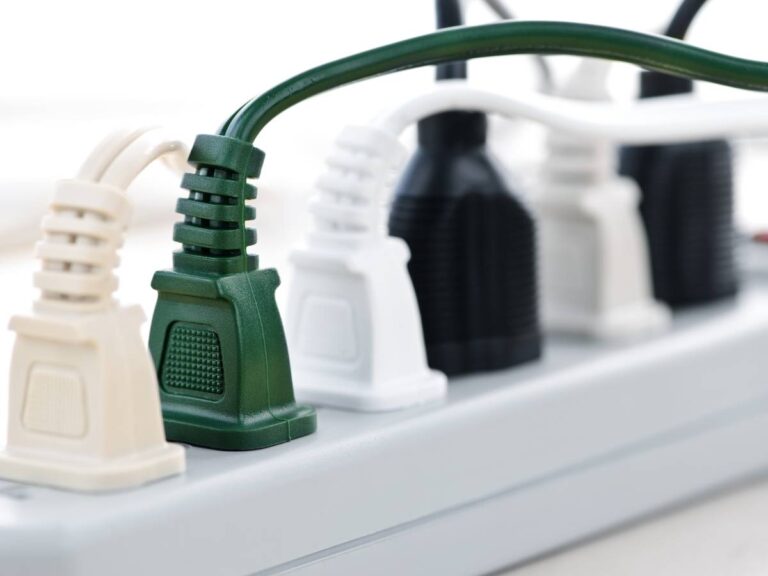Stay on Budget with a Babyproofing Plan
From diapers to formula, not to mention all the other “stuff,” parents can quickly find themselves spending a good amount of money on little ones’ needs. With a plan in-hand when you go shopping, you’ll avoid overspending on unnecessary items. Plus, you’ll have the right items and quantities on-hand when you begin to install, saving time and frustration….
While it’s easy to save on clothing, toy and furniture costs by shopping consignment and resale shops (and even some garage sales) gently-used child safety and baby proofing items are not as easily found — mainly because these shops don’t want to risk the liability if a safety product fails. Plus, used baby gates in particular may not have the correct hardware or extensions to fit your needs – or worse, be under a recall!
So, retail stores or online shopping is where most parents generally turn for babyproofing and child safety needs.
But, the selection of safety products on store shelves is in a word – overwhelming. There are safety products for every perceived home hazard these days, and often a dozen or more choices among every type of item. Parents, especially new ones, can quickly become paranoid just by gazing at the array of products on the safety aisle. It seems the whole house is out to get Junior!
Happily — and remember this when shopping — you DON’T need everything.
Take a tip from the babyproofing professionals; address the baby safety basics, then add selected safety products to meet your family’s or child’s specific needs — and your comfort level.
Before stepping into a store or heading online in pursuit of safety items, it’s a good idea to first assess your home’s safety needs and make a babyproofing plan. To help you, we’ve compiled three simple one-page baby safety checklists based on professional babyproofers’ in-home assessments:
Baby Safety Gate Checklist
Checklist for Creating a Family Friendly Home
DIY Childproofing Checklist
These checklists will help you identify the safety needs in your home, introduce you to the safety products designed to meet these needs, and provide a worksheet/shopping list to note needed items and quantities.
With a plan in-hand when you go shopping, you’ll avoid overspending on unnecessary items. Plus, you’ll have the right items and quantities on-hand when you begin to install, saving time and frustration.






